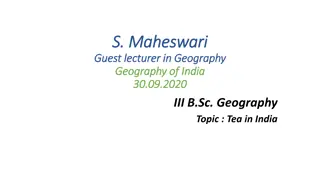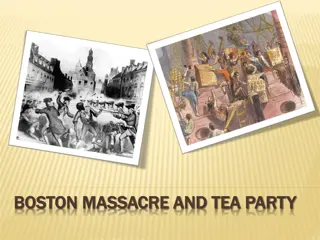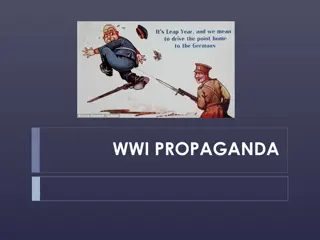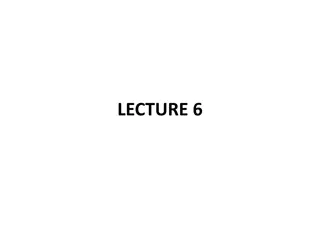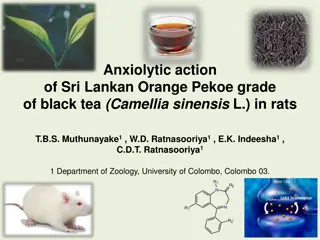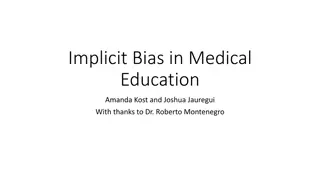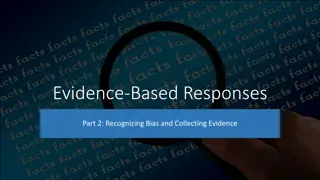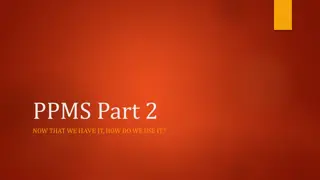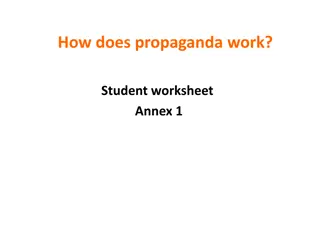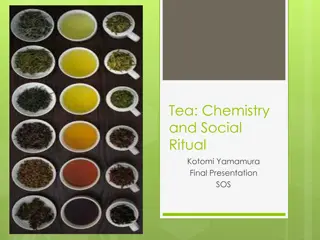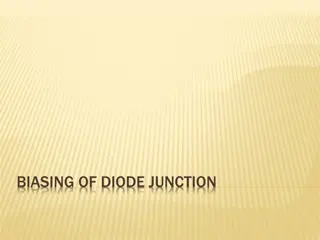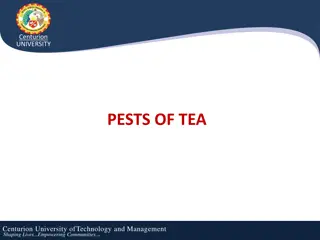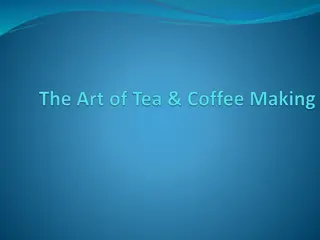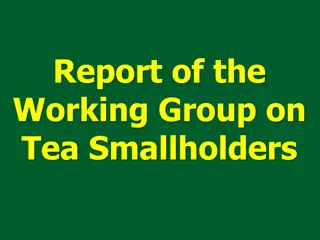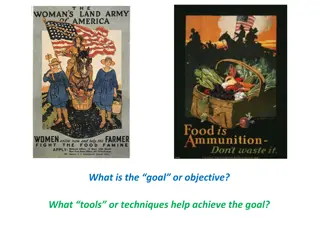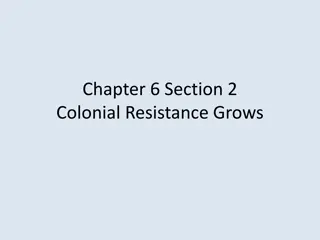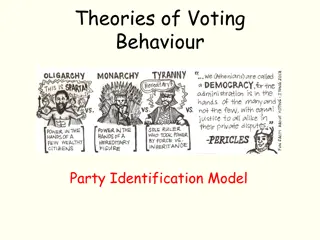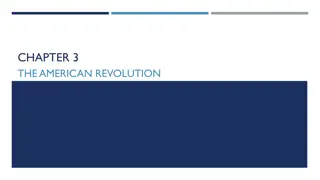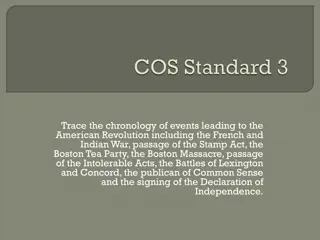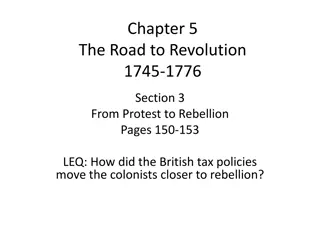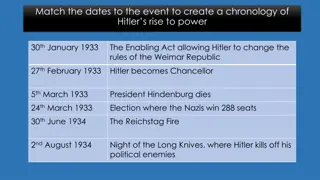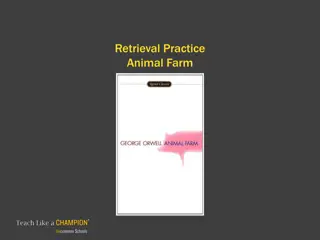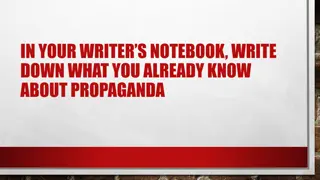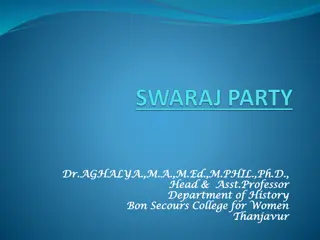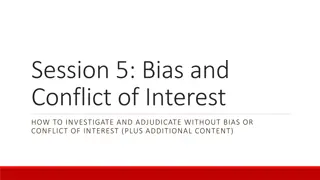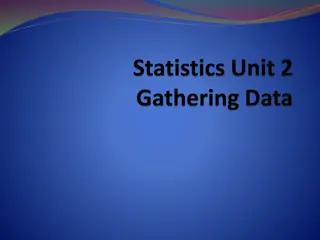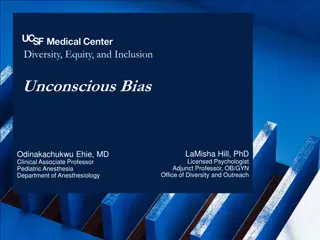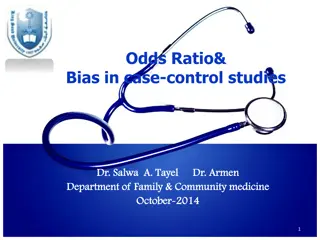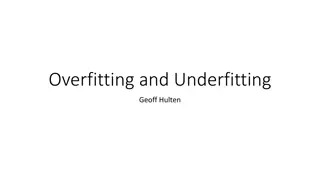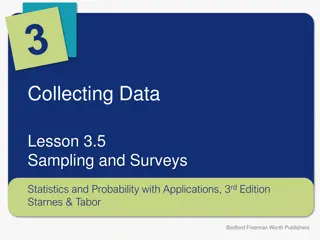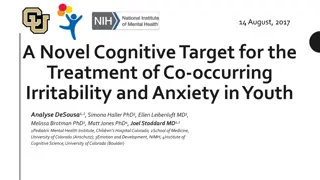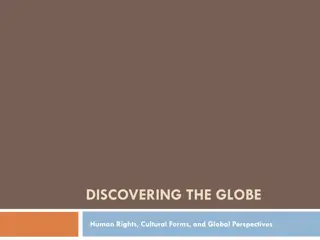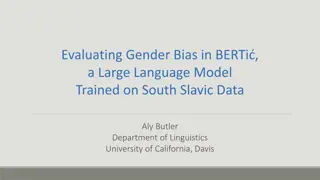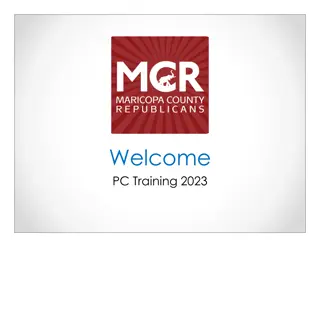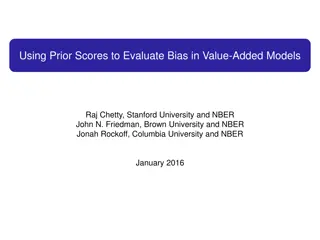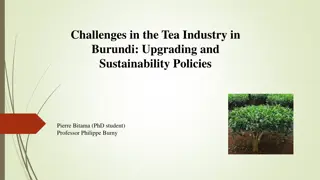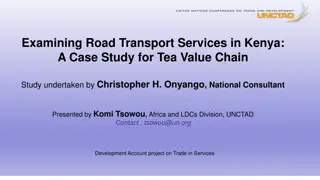Analyzing Bias and Propaganda in Boston Tea Party History
Explore the Boston Tea Party through language and imagery, learning to examine information from multiple perspectives and detect bias and propaganda. Engage with visual materials, such as political cartoons, and texts like the 1773 Massachusetts Gazette article to determine if they were created by patriots or loyalists. Dive into discussions on how key figures like the King and colonists are portrayed, and analyze historical sources to develop a deeper understanding of this pivotal event.
Download Presentation

Please find below an Image/Link to download the presentation.
The content on the website is provided AS IS for your information and personal use only. It may not be sold, licensed, or shared on other websites without obtaining consent from the author. Download presentation by click this link. If you encounter any issues during the download, it is possible that the publisher has removed the file from their server.
E N D
Presentation Transcript
The Boston Tea Party: The Boston Tea Party: History through Language and Imagery History through Language and Imagery Essential Skills: 1) Examine information from more than one perspective 2) Detect bias and propaganda in both language and imagery ( Propaganda : biased information used to promote a cause or a particular point of view)
Schoolhouse Rock Tea Party Video Clip Schoolhouse Rock Tea Party Video Clip Discussion Questions: 1) How is the King portrayed, favorably or unfavorably, in this video? Give examples using imagery or words. 2) How are the colonists portrayed? Give examples using imagery or words.
Detecting Bias and Propaganda in Language Read the 1773 Massachusetts Gazette Article about the Boston Tea Party Pay careful attention to the language and descriptions used. Answer the questions and decide whether the article was written by a patriot or loyalist. Be able to back up your answer with examples of language. Extension Activity: Read lyrics to Revolutionary Tea and answer questions.
Detecting Bias and Propaganda in Imagery Examine the following drawings and political cartoons. Determine whether each one was drawn by a patriot or a loyalist. Give examples of imagery that support your argument.
Reproduction (1903) based on engraving by D. Berger, 1784
Source: W.D. Cooper. "Boston Tea Party.", The History of North America. London: E. Newberry, 1789.
London cartoon showing Boston Customs Commissioner John Malcolm being tarred and feathered four weeks after the Boston Tea Party.
Political Cartoon Assignment (Due tomorrow) Political Cartoon Assignment (Due tomorrow) Draw your own portrayal of the Boston Tea Party, from whichever perspective you were assigned (Loyalist or Patriot) Include 3 examples of BIAS (using imagery, symbolism, and a caption) Include a caption (1 sentence or phrase) Include 3 facts from the event (UN-biased) ON THE BACK OF YOUR CARTOON: 1) List your 3 examples of bias 2) List your 3 facts 3) Don t forget to write your name


